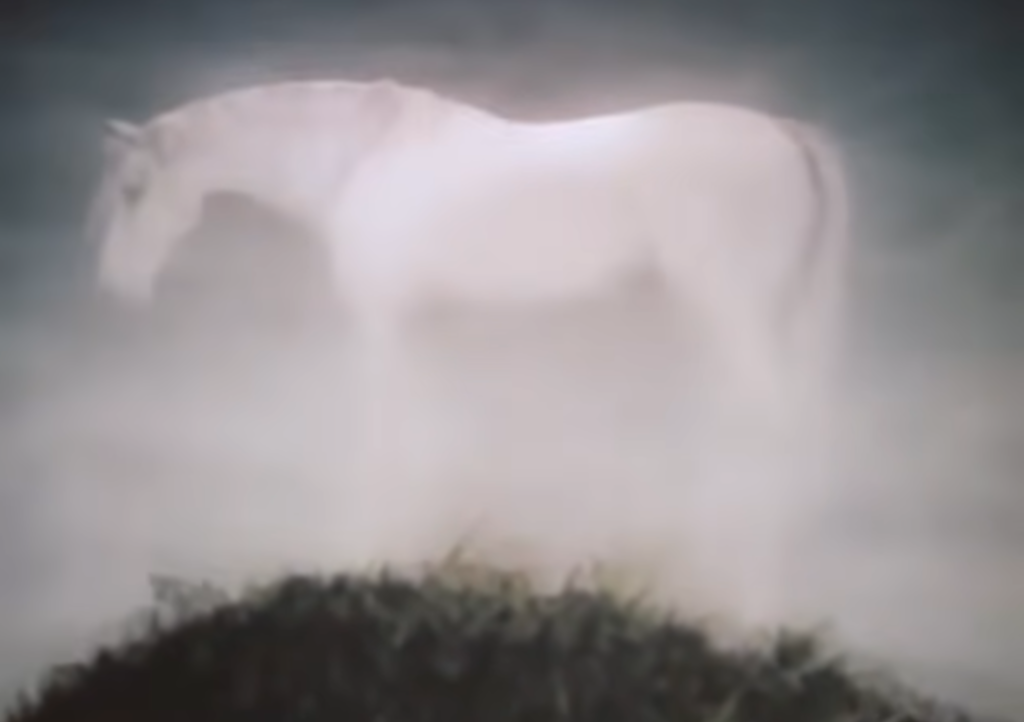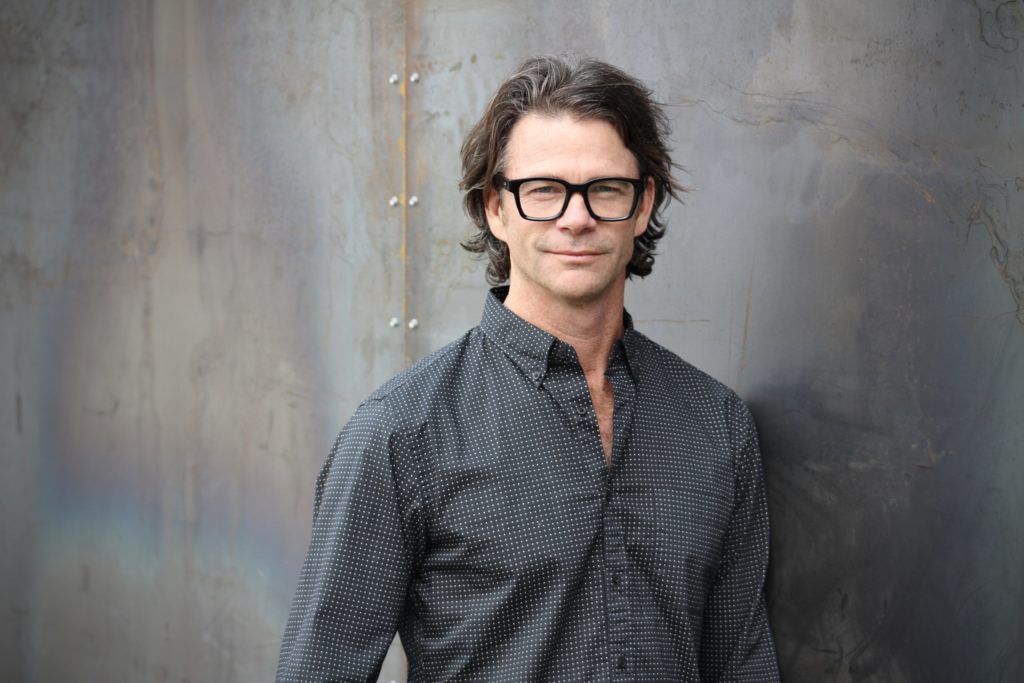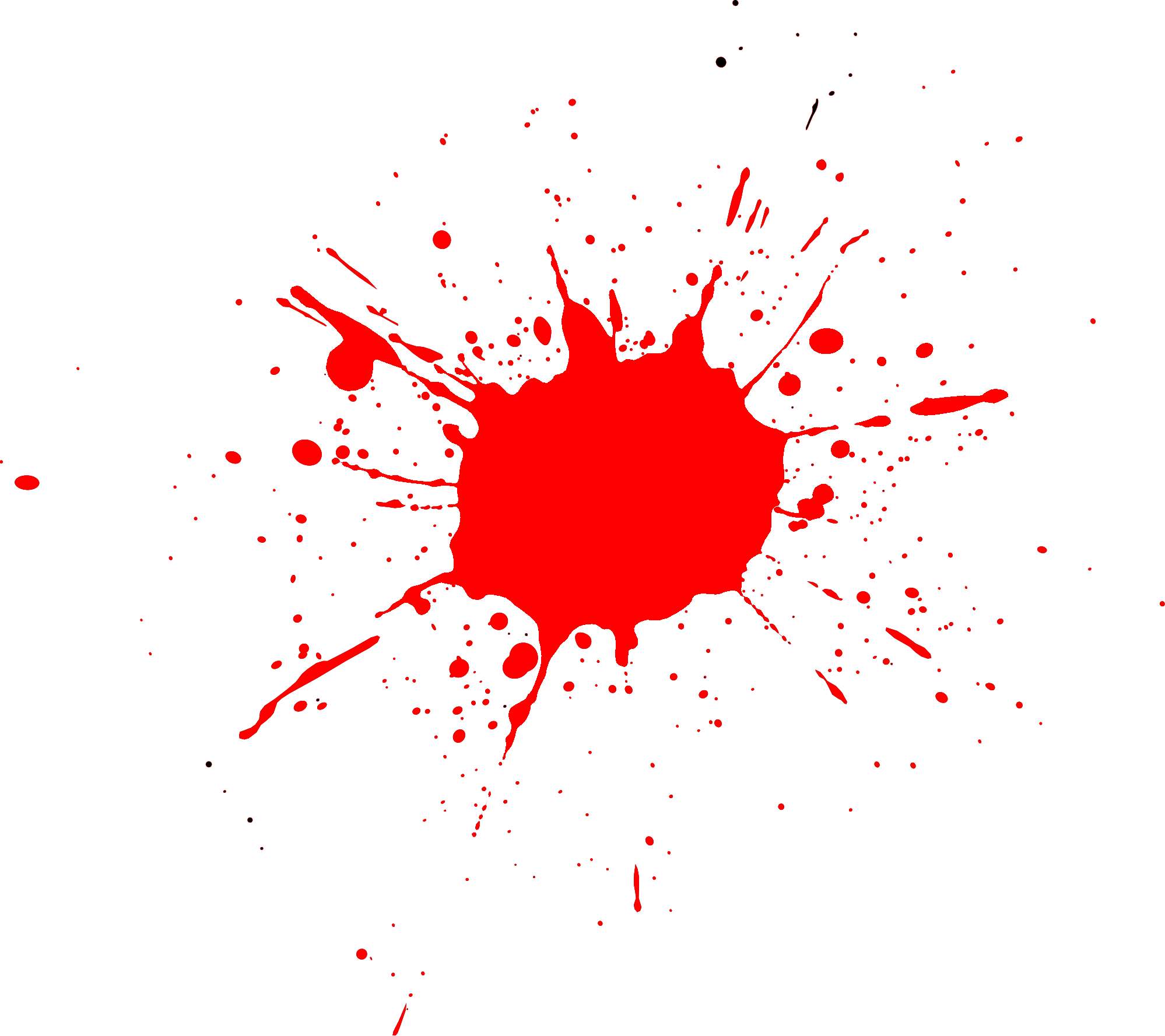picaderø

ethos
picaderø (pee-kah-deh-roh)
1. (noun)
riding school
2. (noun)
small enclosed equestrian training space of 11m (35ft) square
3. (colloquial)
bachelor pad (Spain), a love nest
4. (colloquial)
shooting gallery (slang) (Mexico), a place where addicts consume
ARTIST STATEMENT

I am a lover of beauty and depth;
I seek to be moved and to transcend mere aesthetic pleasure;
I seek to move people emotionally and want the spectator to play an active and living part in my proposal;
I seek movement through daily refining posture with breath;
I seek the imperfection of the heart.
As an equestrian, artist, and designer, I explore the in-between moments. In bringing my vision to life, I seek to balance artistic sensibility and vision with rigor, pragmatism, and attention to craft.
My ethos is about my disciplines collaborating freely under one roof to create.
Every decision is grounded in an acute sense of place and a deep understanding of how natural environments affect human emotions.
It is the desire to explore new paths that lead us to break away from established patterns,
My Research
The desire to explore new paths that lead us to break away from established patterns
in-between places
impulsion + half halt
balance + instability
finding our limits of freedom
Why picadero?
I was introduced to the picadero—the square pen—accidentally early in my training as a designer and equestrian. I encountered the need for a cheap, vernacular architectural solution of a pole barn necessitated by rural farm life in training school.
During my 5 years of riding and training young horses for multiple disciplines at Smallwood Farms in Crozet, Virginia—with Phyllis Jones—I would have to go into the “shed” to ride if the ring was frozen or during bad weather in the winter. The shed was where Phyllis stored the shavings for the stalls. It was a simple pole-style structure. A tilted roof supported by large poles (with 12-16 feet intervals). Phyllis took advantage of the span of the structure’s 32 feet depth and used the open square space to ride and to turn her “baby” out. Musco was a 20+ years old, 17-hands prize-winning show jumper.
In this “shed, ” I discovered how young and experienced horses learn to find their balance and self-carriage without being heavy-handed. This was at a time when the round pen was trendy in the horse world, and was being used to run horses around into exhaustion. What I learned was that a horse in a round pen would run and fall into my inside leg instead of carrying itself. Yet, they would move in balance with me in the square pen—without fear.
Why? Because the horse could move their heads into the corners of the picadero. They felt safe and unrestricted in their bodies.
This was a revelation for me.
And transformed the way I approached training and my design work.
From this time forward, I was able to give the horse the freedom to find its balance. I would later find out this small square space had a long tradition in the rural gaucho and Haute École training in Spain. It was called a picadero.
In the picadero, I was also able to teach horses to relax, sit back onto their hunches, collect, and create impulsion. They would move better on the flat and bascule over jumps, without fear of being thrown off balance.
In the picadero, I got out of the way and let the horse free its head and body.
